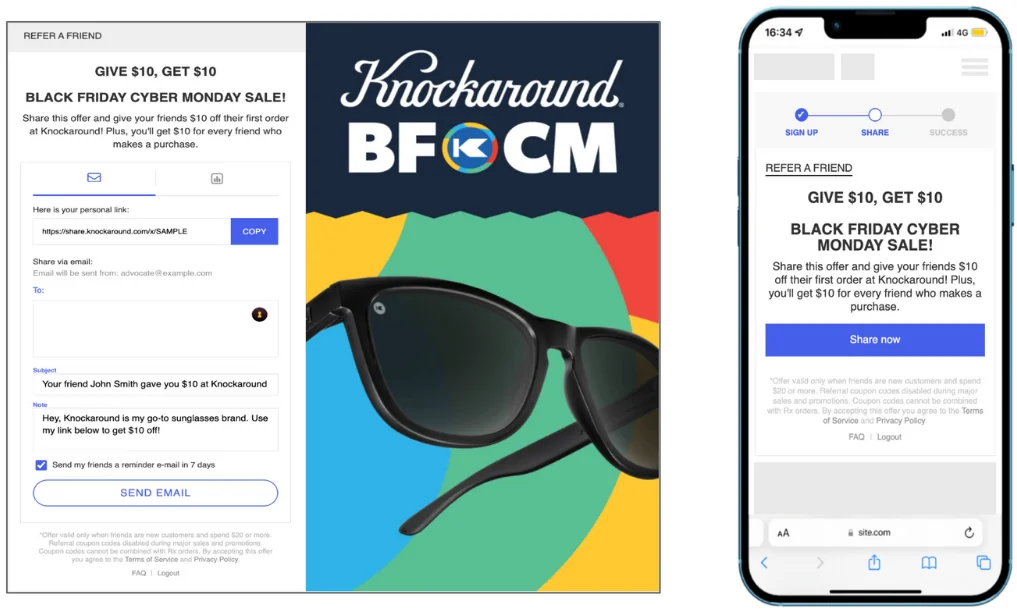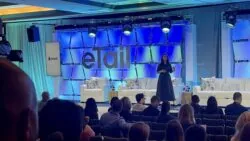 Online learning is no longer a niche. From professional upskilling to personal development, digital education platforms are everywhere. But with that growth comes saturation. Thousands of courses, bootcamps, academies, and certifications now compete for the same students.
Online learning is no longer a niche. From professional upskilling to personal development, digital education platforms are everywhere. But with that growth comes saturation. Thousands of courses, bootcamps, academies, and certifications now compete for the same students.
That is where referral marketing offers an edge. It cuts through the noise, builds trust instantly, and turns satisfied learners into powerful advocates.
In 2025, the best eLearning brands are not just growing through paid ads and SEO. They are using referral strategies to reach students in ways that feel human and authentic.
The Trust Gap in Online Learning
People do not buy online courses the same way they buy clothes or gadgets. They hesitate. They over-research. They wonder if the content will be valuable or if the certificate will mean anything.
Even with slick marketing, these doubts remain. But a personal recommendation breaks that cycle. If a colleague says, “This course helped me get promoted,” or a friend says, “I actually finished it and it was worth it,” that trust gap disappears.
Referrals bridge the gap between interest and action.
Why Referral Works Specifically for eLearning
- Learning is social
People like to talk about what they are learning. Whether in a Slack channel, a LinkedIn post, or a study group, education invites conversation. That makes it naturally shareable. - Success is visible
If someone lands a job after taking a course, or earns a certification they can showcase, their network takes notice. That visibility often triggers curiosity and leads to organic referrals. - Courses are often cohort-based
Many platforms now run time-bound programs where learners go through content together. These formats create urgency, community, and a reason to bring in friends or peers. - Students want others to succeed
When someone finds a valuable course, they often want others to benefit too. Especially in professional contexts, it feels good to recommend a course that helped with real outcomes.
Common Referral Models in eLearning
There is no one-size-fits-all structure, but here are models that work well:
Give 20, Get 20
Each learner gets a unique link to share. If a friend signs up, they both get a credit or discount. This is simple, scalable, and works well for evergreen courses.
Referral Bonuses for Completion
Reward learners not just for referring, but for finishing the course themselves. This combines motivation with advocacy. For example: “Complete your course and refer a friend to get a free add-on module.”
Tiered Ambassador Programs
For learners who send multiple referrals, offer elevated rewards or status. Early access to new content, a featured profile, or exclusive webinars can all work.
Team and Group Discounts
Let students refer a group of colleagues. This works especially well for professional development platforms, where team learning is common.
How to Integrate Referrals into the Learning Experience
Referrals work best when they are embedded, not bolted on.
- Include referral prompts at moments of success. After module completions, quiz milestones, or certificates, offer a link to share.
- Add referral calls to action in onboarding emails, progress updates, and post-course surveys.
- Use mobile notifications or LMS pop-ups to surface referral links at high-engagement moments.
Your goal is to make sharing part of the learning journey, not a separate task.
What Sets High-Performing Programs Apart
- Clarity. If students do not understand what they get or how to participate, they will not act.
- Timing. Ask for referrals when learners feel accomplished or satisfied, not at the start.
- Follow-through. Acknowledge every referral with a thank-you, even if there is no financial reward.
- Alignment. Make sure the rewards match the student’s motivation. Professionals might value certification upgrades more than cash.
Conclusion
In 2025, eLearning is crowded. But referrals cut through the noise because they come from people, not algorithms. A strong referral program turns your best learners into your most effective marketers. It lowers acquisition costs, increases completion rates, and builds long-term brand equity.
The best part? You are not just growing enrollment. You are building a community of learners who believe in your product and want others to succeed with it too.



